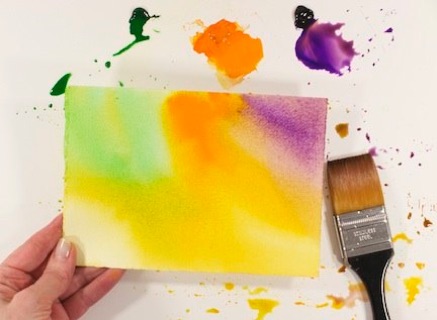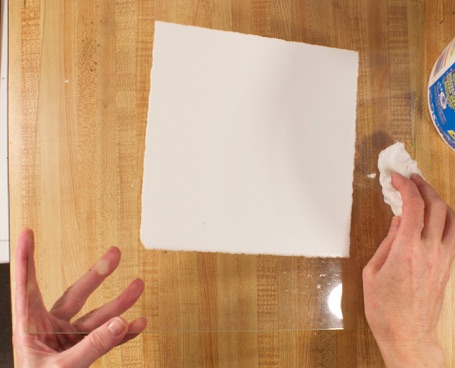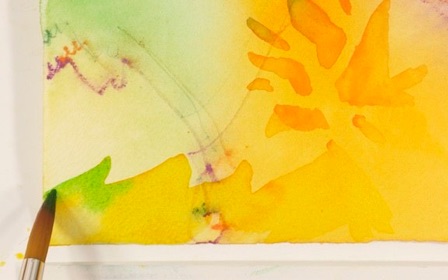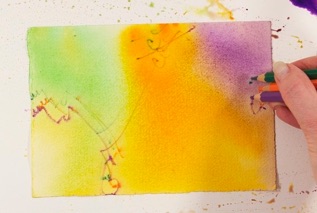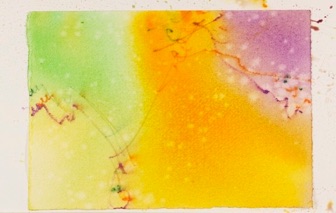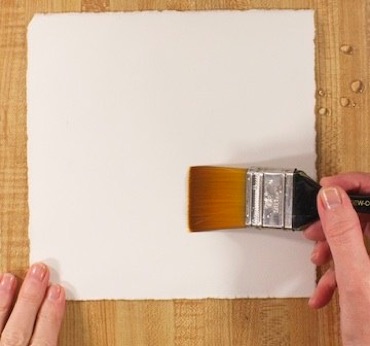Wet into Wet Watercolour
Working on Plexiglas
Wet into Wet Watercolour
Working on Plexiglas

Q & A Working on Plexiglas
Tuesday, October 13, 2015




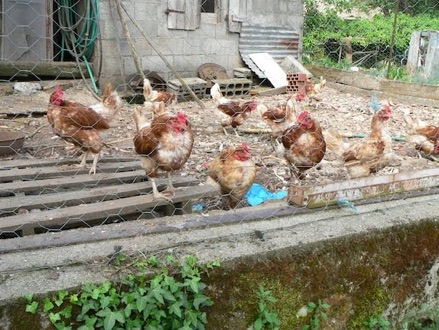
Why do you use plexi instead of stretching the paper on a board?
When working wet into wet I lay my paper directly on a piece of plexiglas rather than attaching it to a wooden board with tape or staples. Because the non-porous surface doesn’t absorb the moisture as a wooden board does, rather it traps the water and allows you to work much longer. The combination of fresh paint and damp paper produces beautiful transitions, flowing colors and soft edges when laying down loose masses of color in the first stages of the painting.
Working on super-saturated paper that has been laid on plexi is best for the underpainting part of my process. Remember that the wetter the paper is the greater the flow!
Plexi is readily available, inexpensive, lightweight and easy to clean.
What supplies do I need?
Just your usual watercolour paitning supplies plus a sheet of plexi or any non-porous surface such as your kitchen counter top. You will also need a clean wooden board when it comes time to dry the painting.
Show me how!
Begin by wetting both the back and front of your watercolour paper with a soft flat wash brush.
Lay the paper directly on the plexi. Gently smooth the paper down by stroking the wash brush from the center out.
To remove any little bumps that might appear (caused by a bit of air trapped under the paper or a dry spot) peel up one edge and apply a small amount of extra water to the back of the paper and roll back down.
Tilt the plastic board (plexi) to encourage extra water to run off the surface. Extra water that collects around the edges will cause backruns so use a clean paper towel to mop up.
The paper should be wet and have a soft sheen but if there are puddles of water, it is too wet. The moisture will adhere the paper to the plastic sheet without need for tape or staples. Because water is trapped between the paper and the plexi you will extend the length of time you have to paint wet into wet but you will still need to act quickly and apply the paint in a direct manner. Now you are ready to start working wet into wet with paint, watercolour pencil or your other favorite methods of applying colour.
How long do you leave the painting on the plexi?
The painting must be moved to a wooden board to dry when the wet in wet portion of the painting is complete. It is best to allow the paper to dry naturally as the paper will curl severely if you try to speed the process with a hairdryer.
When the paper dries can you wet it down again and reattach it?
If you wish to go back in and start defining shapes and working up the details, wait until the paper is dry, then lay the underpainting on your work table or plexiglas without rewetting.
There is no need to re-stretch it on a board - just work on the loose dry paper for lots of control. To go back into the dry painting, re-wet small areas to glaze or wash in colour.
Why doesn’t the paper buckle with your technique of using plexiglas?
When watercolor paper is evenly soaked with water and laid on the plexi there will be little or no buckling as the paper fibres all stretch the same amount. Paper buckles when it is unevenly wet (or re-wet) as when applying puddles of watery paint and when glazing on dry paper.
What if my paper buckles when I glaze?
A few small hills and valleys shouldn't cause any major trouble but it is possible to flatten the paper if necessary. This can be done by dampening the back of the dry painting with a small amount of clean water and sandwiching it between wooden boards - be sure to protect the paper with clean paper towels. Weight the boards down with books and leave to dry for a few hours or overnight. Small pieces can be flattened by ironing the back of the painting with a warm steam iron. Be sure to use a damp tea towel will protect the painting.
Do I have to fully complete your painting in one sitting?
It is possible to complete the painting with layers in a wet into wet fashion using advanced techniques but for the most control or if negative painting is new to you, develop and finish the painting on dry paper.
So here is the plan of action:
- Prepare the wet into wet underpainting on the plexiglas
- Transfer the wet underpainting to a wooden board - leave to air dry
- Return your dry underpainting to your workspace and build with layers of glazes to complete
-Flatten small pieces with a press cloth and steam iron or dampen the back of large pieces and flatten between boards overnight.
How do you work on big watercolor paintings on plexi?
I have a huge piece of plexi that covers the top of my painting table. I don't bother to staple or tape paper at all, not even if it is very light-weight. I saturate the back and front of the paper with a large wash brush and lay it out on the plexi. This gives you lots of time to work wet into wet but don’t stop to answer the phone. The paper is removed and placed on a wooden board to dry before applying the final layering of glazes or tighter details. It works for me so give it a try!
How long do you typically work on pieces before moving the painting to a wood backing board to dry.
As long as possible! I love the effects of wet into wet and try to sustain this part of the process of painting for as long as I can. By working with freshly squeezed paint that has not been overly diluted and the natural evaporation of water it is possible to build from start of finish. The trick is to build with transition of value, hue or intensity so the layers hold.
If I have the good fortune of completing a painting wet into wet )or fresh paint on damp paper to be more precise) I remove it to a wooden board for only for the final drying.
What kind of paper should I use?
I suggest that you always work with good quality paper of a 140lb min. weight. (Even if you are a beginner!) Buy paper by the sheet not in a pad - Arches, Saunders Waterford, Lana, Winsor Newton are good options. Cold Press (CP) is a good all around surface. I would also suggest that you try some Strathmore Aquarius paper - it is much lighter in weight (80 lb) and very smooth but it does not buckle!
Free Jazz - watercolor 5.5” x 7.5”
This little painting began with the wet into wet technique shown above. the completed underpainting was removed from plexi and laid on a wood board and allowed to dry before I completed the layers of glazing. You can see the step-by-step procedure on pages 76 - 79 in my book Simplifying Design and Color for Artists.
Happy painting!
Linda
